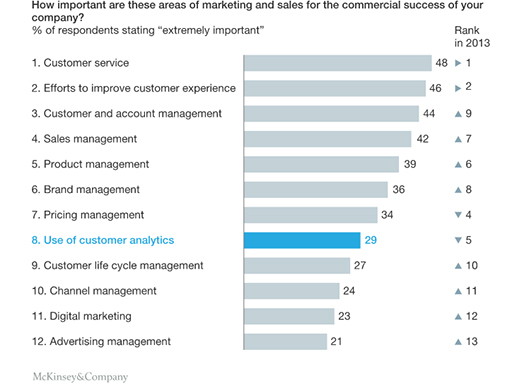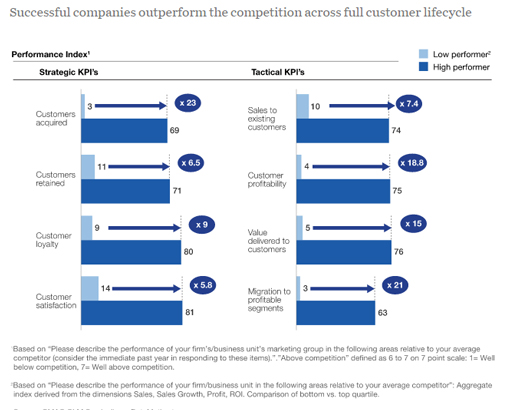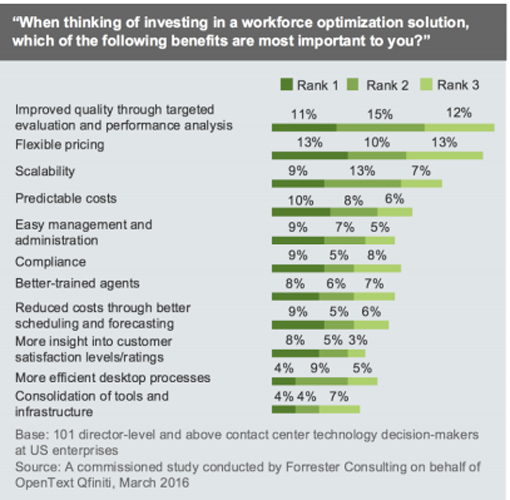Unless you are living in the Stone Age, tracing customer lifecycle management (CLM) through the help of the funnel and the calendar is outmoded. According to a McKinsey article, ‘How to read and react to customer signals?’ traditional marketing models that are aligned with product launches, holidays, and around the company are dated. The new age demands that CLM is planned and executed by keeping the customer as the center.
Out with the old
The customer’s decision-making journey is no longer defined by the funnel, but is dynamic. A good brand experience that one particular brand provides is the measure they weigh all the brands that they interact with against. Take for example Amazon’s same day deliveries, personalized recommendations, among other services, as they are now the benchmark that customers look for in terms of service quality and relevant brand experience.
To be a contact centre organization that is receptive to customers and is relevant to them, firms need to develop a program that helps them build a repository of data that is integrated into all the decisions and policies that the company makes. According to the McKinsey’s DataMatics survey, firms that rely on customer analytics are more than twice-likely to generate above than average profits when compared to firms that don’t.
Exhibit A below highlights that customer analytics is rather low on the list of priorities that companies have to define their commercial success.

In with the new
Organizational transformation and workforce management seems to be the key focus of CEO’s across contact centers. 63% CEOs agree that they are highly engaged in their business’s transformation. However, a 2017 McKinsey report goes onto say that companies are still struggling to overhaul their performance and organizational health just like they were 10 years ago. A shift in approach might just be the silver bullet organizations need.
Exhibit B highlights new KPIs that companies should focus on in order to serve their customers best.

Dimension Data reports that 83% of companies view the contact center as a competitive differentiator. Workforce optimization seems to be at the undercurrent of all organizational transformation at contact centers.
Solutions for the future
A Gartner report points three crucial factors that will help organizations become future-ready – the contact center infrastructure, CRM, and workforce optimization.
Workforce optimization solutions are the new disruptors in the contact center industry.
According to Gartner, ‘A contact center workforce optimization solution integrates disparate contact center technologies—including contact center performance management, e-learning, interaction analytics, quality management and workforce management—which execute against a high-level framework encompassing strategic contact center planning; agent recruitment, deployment, monitoring, evaluation, improvement and motivation; and corporate accountability and contribution.’
Workforce optimization software is a big boost for your call center performance. By analyzing and monitoring customer interactions, such software helps with maintaining quality as well as training your agents. Over 74% contact center managers feel that workforce management software helps agents deliver better customer experiences.
The benefits
By implementing smart workforce optimization solutions, businesses have a lot to benefit. Through workforce optimization, businesses can manage data, create analytics, boost cost reduction, and most importantly contact centers will be able to understand each of their customers in detail. Managers will be able to monitor the staff closely and train them to ensure that each agent becomes an expert.
- Over 70% of customers prefer to use self-service methods such as chatbots and apps to resolve issues. However, when they do happen to call the contact center it is integral that their issue be resolved with efficiency and in a timely manner. Workforce planning tools help you identify the pain points of customers by analyzing their behavior and draw patterns. These patterns lead to analytics which businesses can rely to improve their contact center capabilities and faster decision-making.
- In the age of automation and technology, according to a Forrester blog, workforce management software allows technology such as cognitive computing, chatbots, augmented reality and video chats to being increasingly and seamlessly used by contact centers as well as customers. The interesting bit is that contact center executives still seem to play a crucial role amongst all this technology.
- Call monitoring and speech analytics are key components of workforce optimization software. However, technology is not the only facet of improving call center performance. Training call center executives to leverage these tools will further enhance your contact center capabilities. In fact 70% of the operations budget of contact centers is devoted for staff training. But to ensure the best returns on this investment is by supporting the coaching and training by the right workforce planning tools.
- With workforce planning, customizing the training to meet individual requirements of agents is a quick and easy process. Tailored feedback helps agents improve their performance as well as serve customers in a better way. Managers can hold quality sessions full of tips and tricks that will increase the knowledge and confidence of the contact center agents.
- Mobile devices are another feature that is boosting contact center performances. Customers enjoy 24×7 access to the contact center through the help of mobile applications. The Aspect survey further says that two thirds of customers feel good about a company if they can resolve an issue and answer a question about it without the help of a contact center agent.
The cloudy future
Businesses are increasingly moving their applications to the cloud, where Hybrid cloud environment is the preferred mix of cloud services. However, contact centers are still lagging behind in efforts to move to the cloud says a Forrester study, Workforce Optimization in the Cloud.
Moving to the cloud has several benefits for contact centers; the most important ones being driving better customer experiences and managing growth.
Exhibit C shows the ranking of the benefits of investing in workforce optimization.

Security seems to be the biggest concern for contact center owners when it comes to shifting their contact center applications to the cloud. Service workflow interruptions, lack of integration, and performance concerns are other cloud deterrents.
It goes without saying that cloud security has come a long way. Even concerns about a robust on-premise structure have been taken care of. Businesses can safely consider shifting their applications to the cloud. Organizations stand to gain flexibility for their business, high performance, and a decrease in capital expenses by moving their contact center applications to the cloud.
The last word
Customer experience is a true differentiator when it comes to being the most responsive brand. Contact centers are the best avenue to deliver exceptional customer service. Even though customers want the number of interactions between them and contact center agents to be less, businesses need to elevate the performance of their agents and make them subject matter experts.
Workforce optimization software, tools, and planning will go a long way in providing superior customer experiences.
Thank to Maggie Kensington writing for Aspect Software. For more information on Aspect please visit their website
Maggie Kensington is a Senior Technical Writer. She has close to 5 years of diversified ITES experience ranging from managing technical support and project teams, transitioning strategic business processes and projects, leading high-impact process engineering projects, partnering with globally located cross-functional teams and delivering high-level business performance analytical solutions for an Executive Leadership team.
Author: Rachael Trickey
Published On: 3rd Mar 2017 - Last modified: 5th Mar 2019
Read more about - Archived Content, Alvaria



























